Affiliate links on Android Authority may earn us a commission. Learn more.
LG buyer's guide: Everything you need to know
April 25, 2022
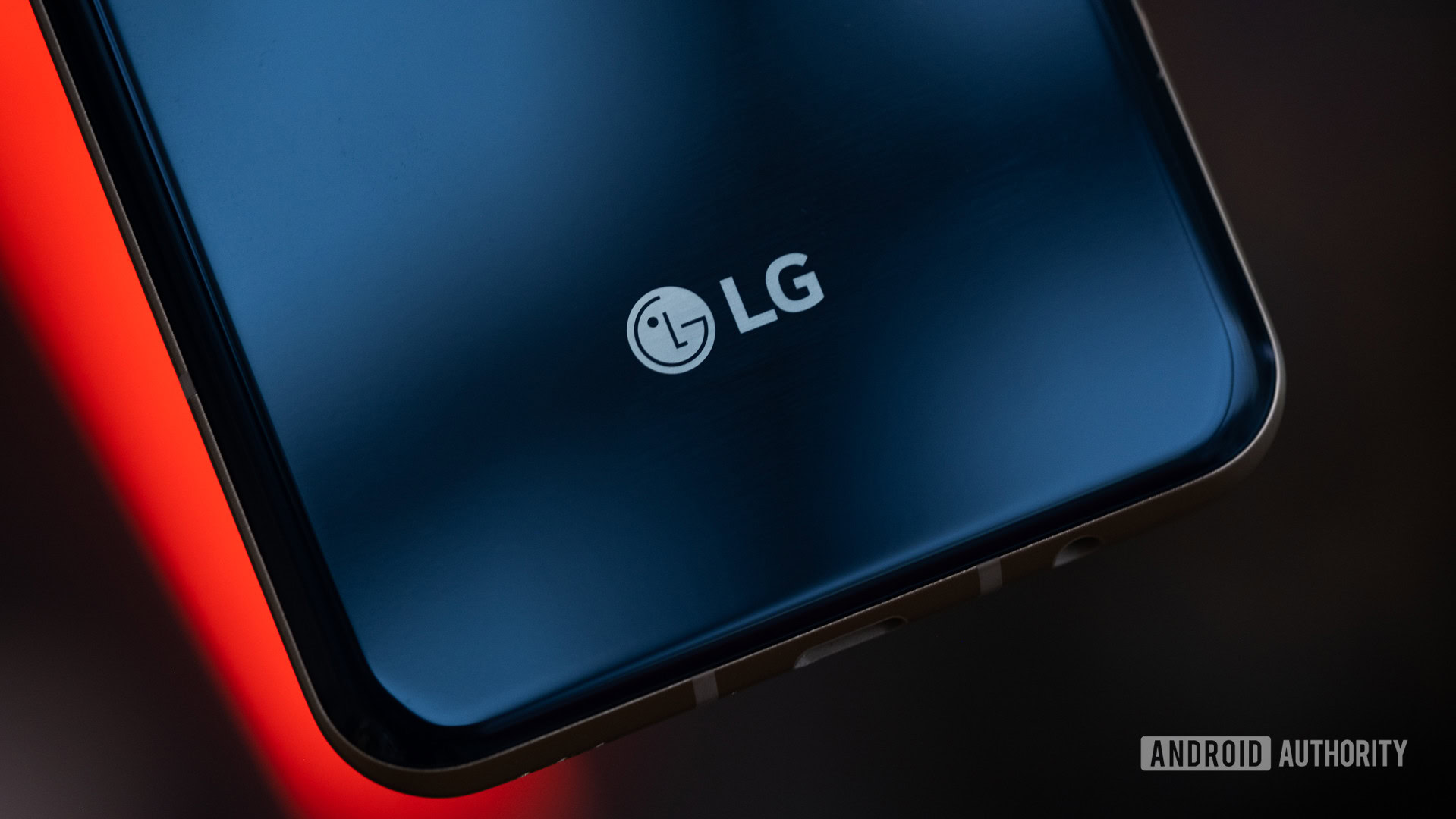
Years ago, LG was in the top five global smartphone manufacturers. Today, however, the company no longer makes phones, with the firm having exited the industry in early 2021. Of course, that doesn’t mean there aren’t still LG phones out there and even available to buy brand new.
This article should answer pretty much all of your questions about the phones it offered most recently. In addition to phones, we’re also going to tell you a brief history of LG, explain the other products it creates, and give you a lowdown of some of its biggest historical moments.
Who is LG?
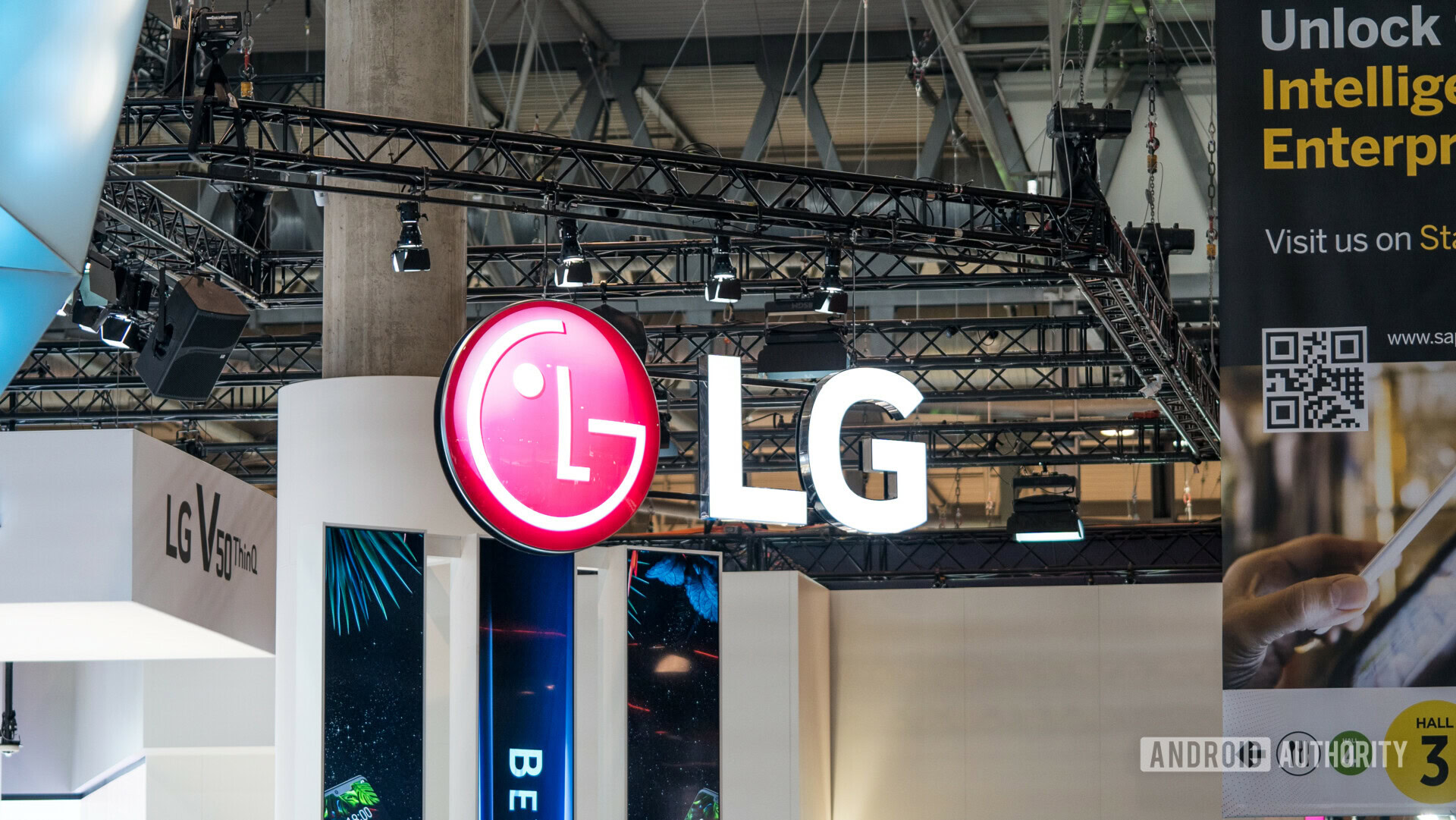
The LG Corporation started as a chemical company known as Lak Hui Chemical, with “Lak Hui” pronounced as “lucky.” It was the first South Korean company to enter the plastics industry, which made it hugely successful. Eventually, the chemical company merged with a sister company called GoldStar in 1983, producing a new company: Lucky-Goldstar, or LG for short. The company officially renamed itself LG in 1995.
LG had been making electronics for decades by that point. Radios, televisions, household appliances, and even very early mobile phones were on the company’s roster. Its success in the electronics industry helped it become the fourth-largest corporation in South Korea (Samsung is the largest).
LG is the fourth-largest company in its native South Korea.
In November 2009, the company launched the first of many LG phones running the Android operating system. The LG GW620 (aka LG Eve or LG InTouch Max) featured a touch-screen display that slid up to expose a QWERTY keyboard underneath.
In the years that followed, LG released all manners of Android-powered smartphones, helping it become a top-five manufacturer globally. However, in 2021, the company hadn’t seen a big hit in years and decided to close the doors of its smartphone division entirely.
What does LG offer?
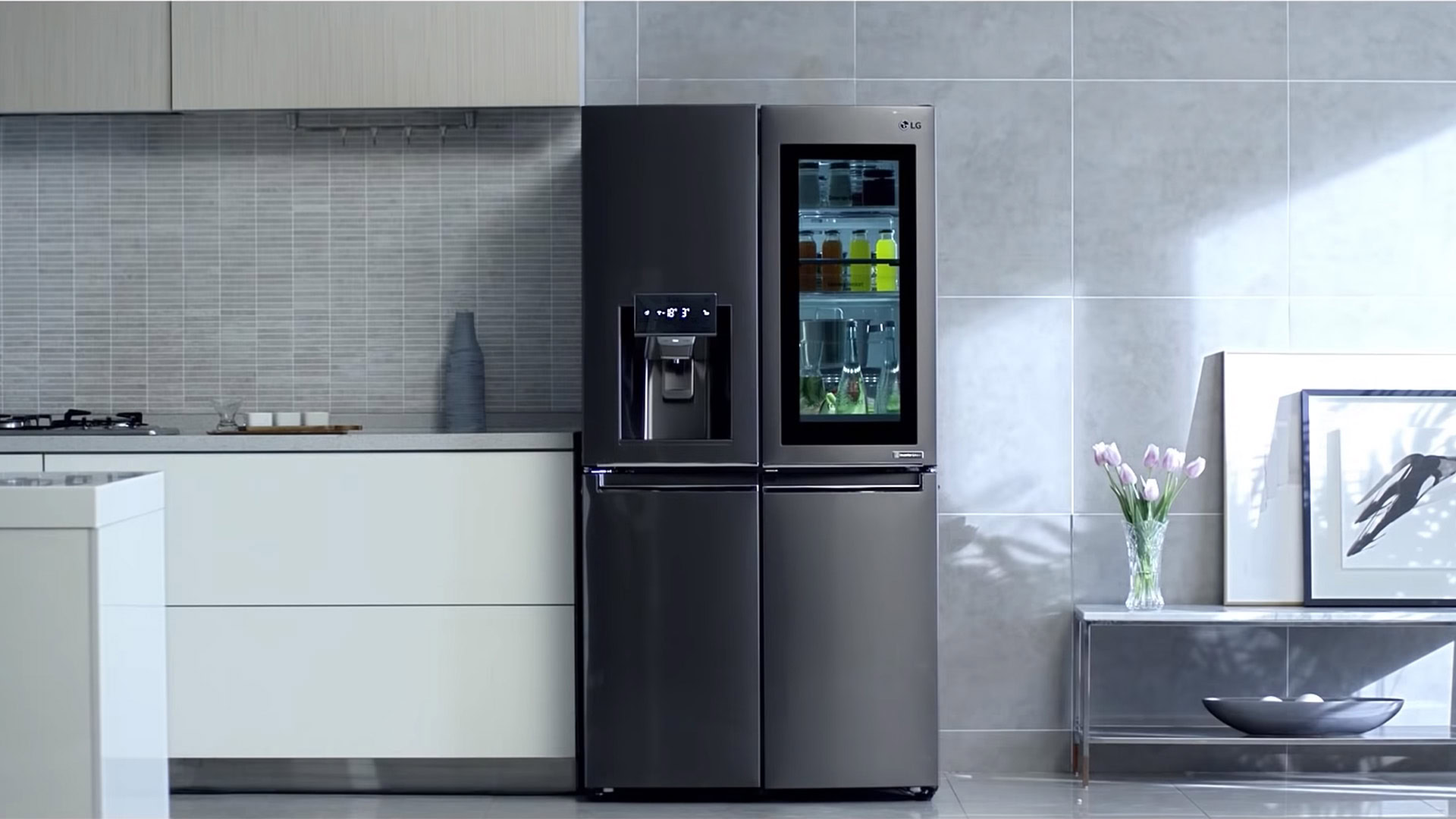
We’re going to tell you all about the most recent lines of LG phones, but first, we’re going to talk about many of the non-phone products the company offers. Since LG is such a massive corporation, there isn’t much in the way of gadgetry that it doesn’t manufacture. An article summarizing every electronic LG product would be very, very long indeed.
Instead, below you’ll find summaries of the LG products that are the most popular. Please note that we are only covering products that LG is actively creating. Smartwatches, for example, are a dead product line for the company and aren’t included here.
Televisions
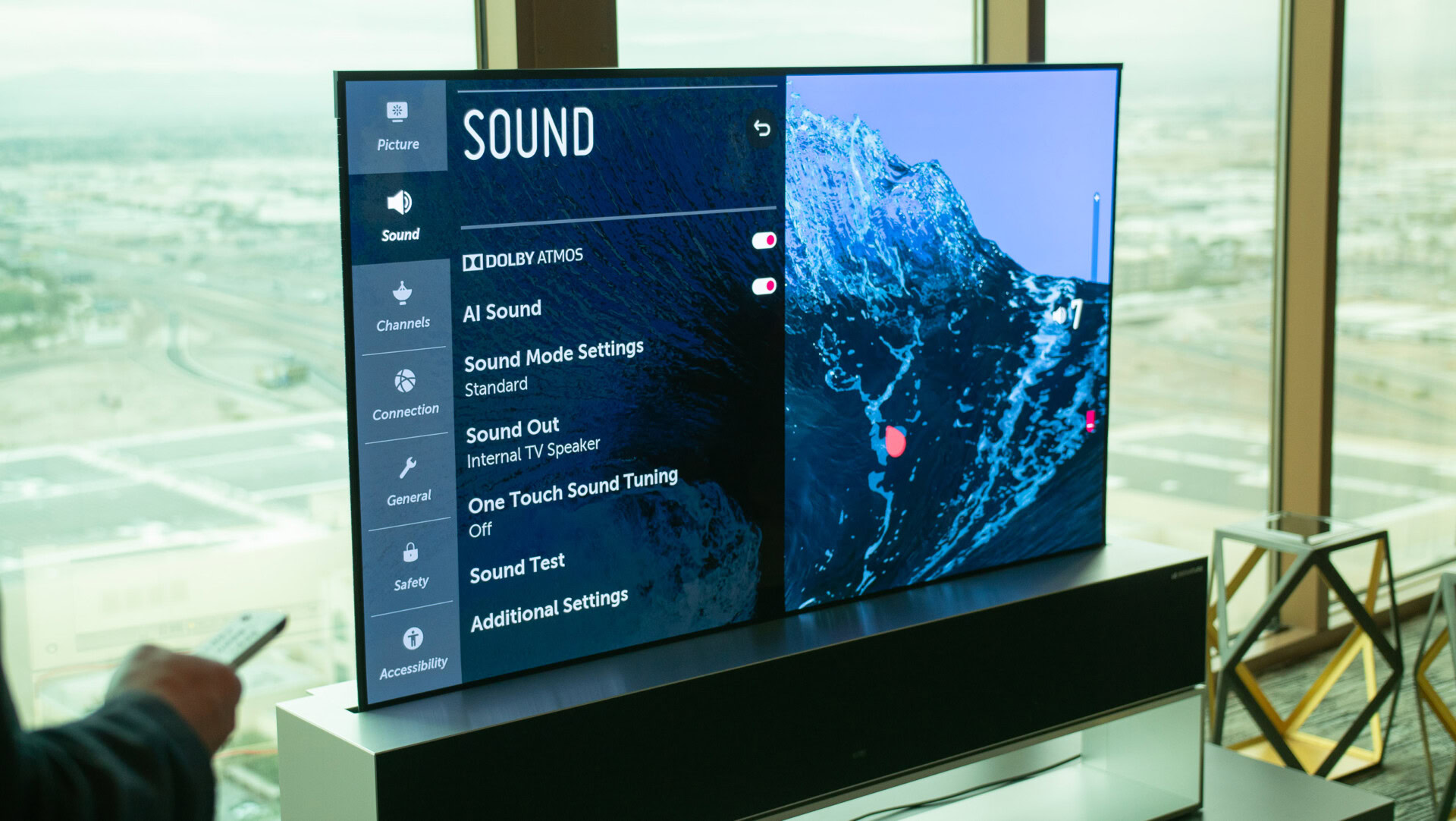
LG might be one of the best consumer television manufacturers in the world. Although Samsung definitely gives it a run for its money, an LG TV is probably one of the best in its class when compared to the competition. LG’s success in this market is a major source of its revenue.
The most recent LG televisions are smart TVs that come with webOS. This operating system originated in the early days of smartphones before Android and iOS became the dominant players. In general, webOS is a terrific interface for a smart TV, although it lacks the robust app library of something like Android TV.
Recently, LG revealed a rollable TV (shown above). It’s made of a flexible display which allows it to roll up like a window shade when not in use.
Home appliances
One of LG’s biggest markets is home appliances, including refrigerators, ovens, dishwashers, washer/dryer combos, and more. The company is a leader when it comes to smart appliances and internet-of-things (IoT) products equipped with AI features.
Although we don’t generally review home appliances here at Android Authority, the overall consensus is that LG produces some terrific products in those categories. At CES 2021, we did give our Best Smart Home Device award to an LG washer/dryer combo.
Tablets and laptops
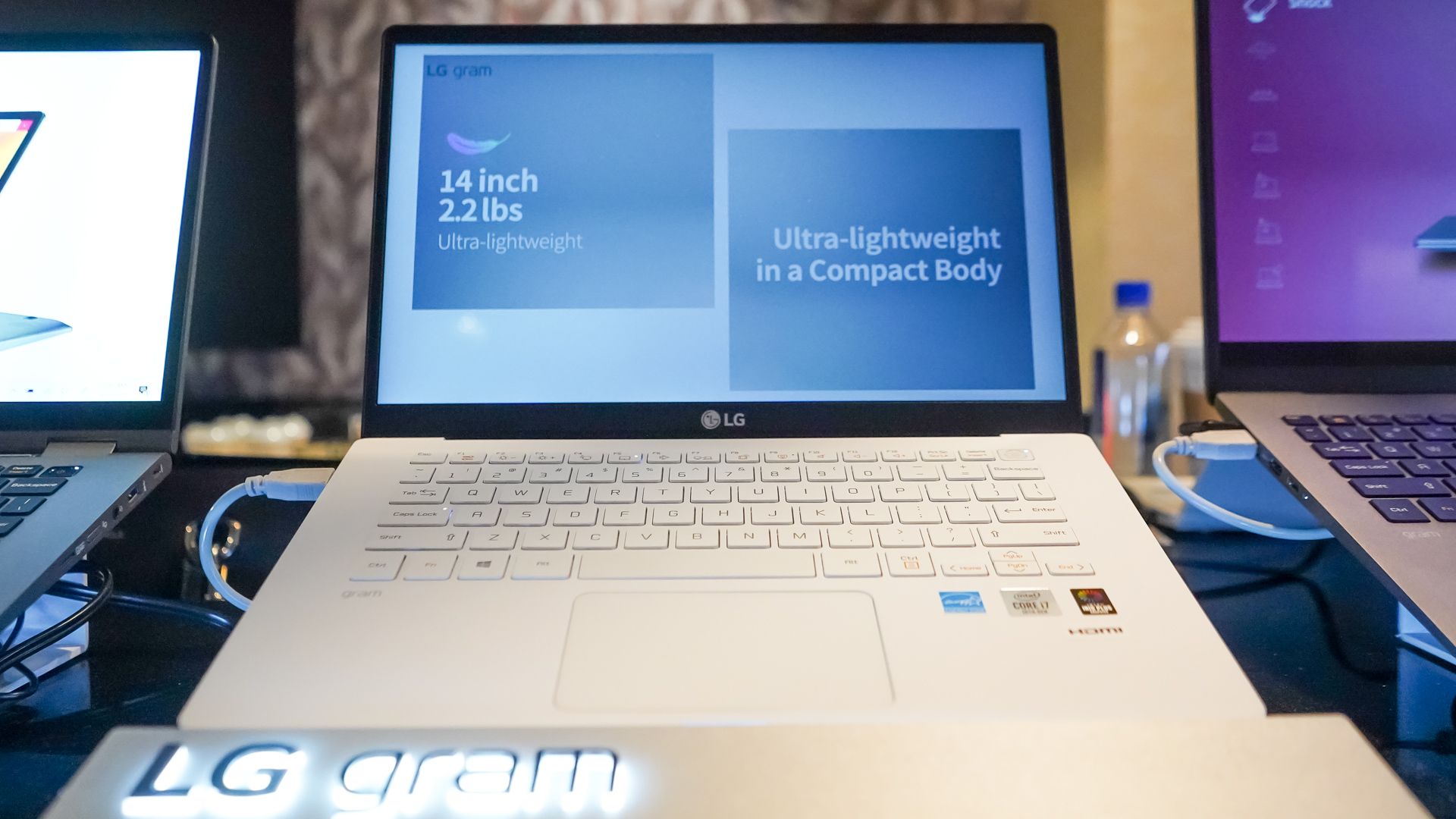
As with many other OEMs, LG hasn’t produced an Android-powered tablet in years. Its most recent high-profile tablet is the LG G Pad 5 10.1, an iPad competitor. However, the tablet has pretty weak specs. With the company exiting the smartphone industry entirely, we doubt we’ll see any new Android tablets from the brand.
As far as Windows-powered laptops go, LG’s flagship line is its family of LG Gram machines. Each year, LG updates its roster with a new Gram, which usually features high-end specs in an ultra-thin and ultra-light design. Most reviewers give Gram laptops high marks. However, these laptops tend to be very expensive due to their premium design and components.
Computer monitors
Because LG has had so much success in the television market, it makes perfect sense for the company to also have a sizable footprint in the computer monitor market. In general, LG produces some terrific computer monitors, many of which are highly rated.
However, LG really shines in the ultra-premium segment. These are monitors for graphic designers, developers, filmmakers, and other creatives, who need ultra-crisp displays with incredibly high color accuracy. Although LG makes fine lower-level monitors for the average user, it is more renowned for its high-end products than anything else.
Display outsourcing

Finally, LG doesn’t just make displays for itself. As with Samsung, the company produces displays for other companies that can’t or won’t manufacture them on their own.
Related: Which iPhone is right for you?
This is how some Apple iPhones have LG displays. Predominantly, iPhones have Samsung-made display panels, but there are plenty out there with LG-made panels. Eventually, Apple wants to reduce its reliance on Samsung and give LG more business, but LG needs to up its OLED smartphone display quality before it can fully do that.
LG phones: Each line explained
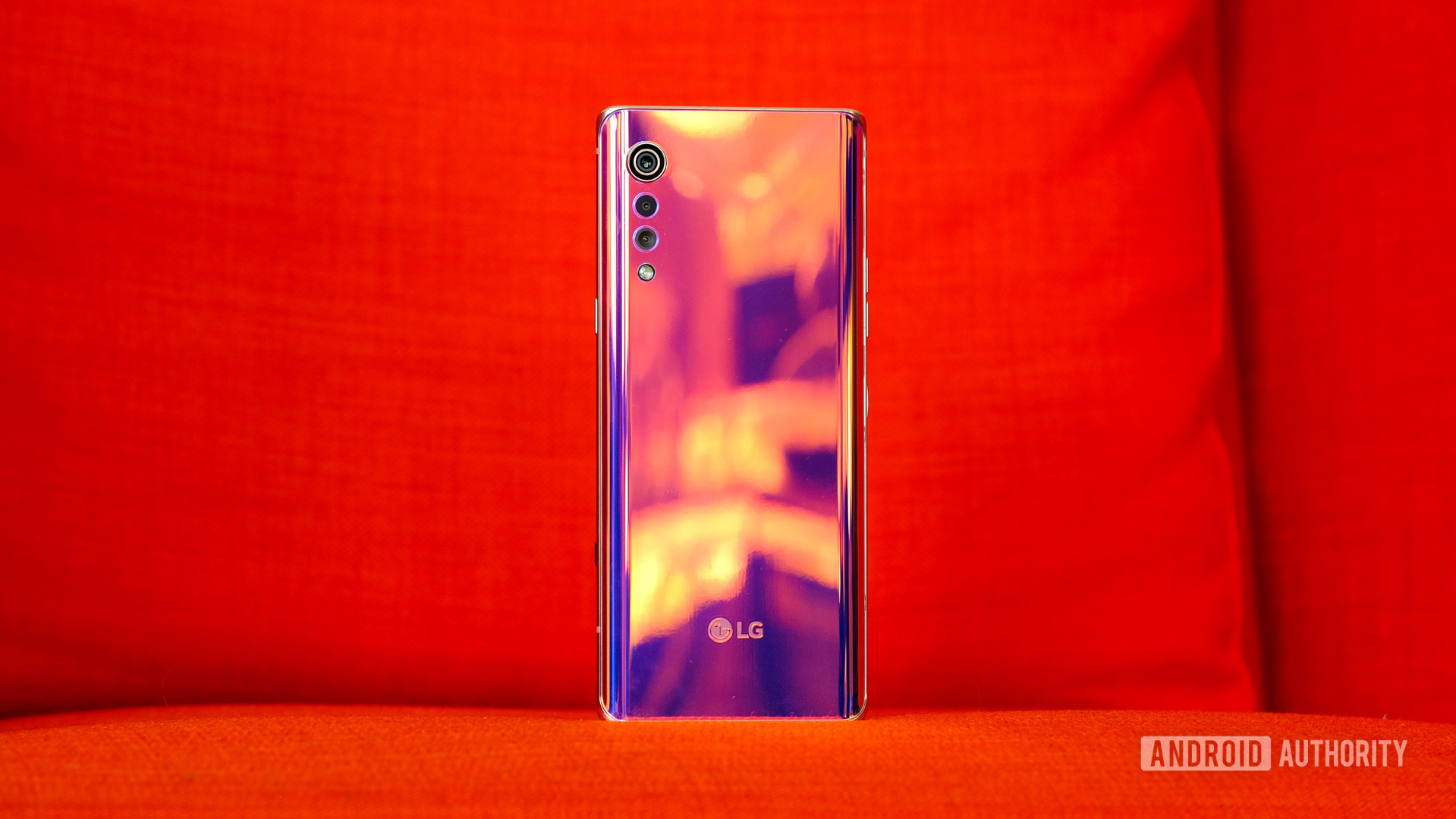
As mentioned a few times now, LG has completely exited the smartphone industry. This means there will be no more new LG phones launched. However, the most recent phones from the company are still available to buy. Additionally, LG promises to continue to offer smartphone support to a large portion of its handsets.
Below, we’re going to give you the lowdown on the most recent entries in LG’s smartphone lineup.
The “G” series
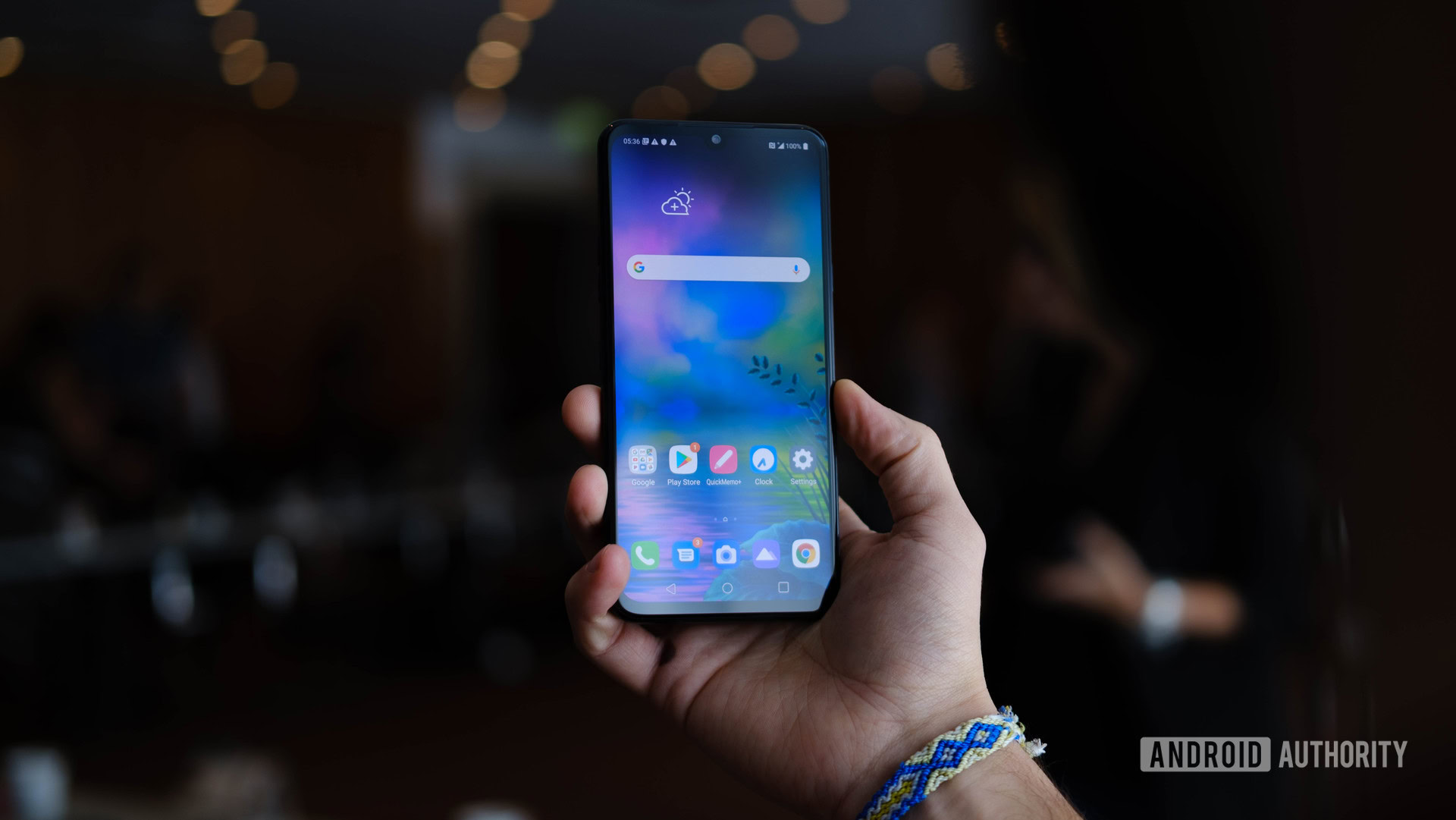
Since the launch of the LG Optimus G in 2012, the G-series had been where LG put its highest-profile, best overall consumer devices. Eventually, LG dropped “Optimus” from the name and just went with the LG G naming scheme.
This is where some of the most highly regarded LG phones have lived. Usually, these devices launched with the latest and greatest flagship 800-series processor from Qualcomm. They also usually included a top-of-the-line camera system, innovative designs, and high-end audio systems.
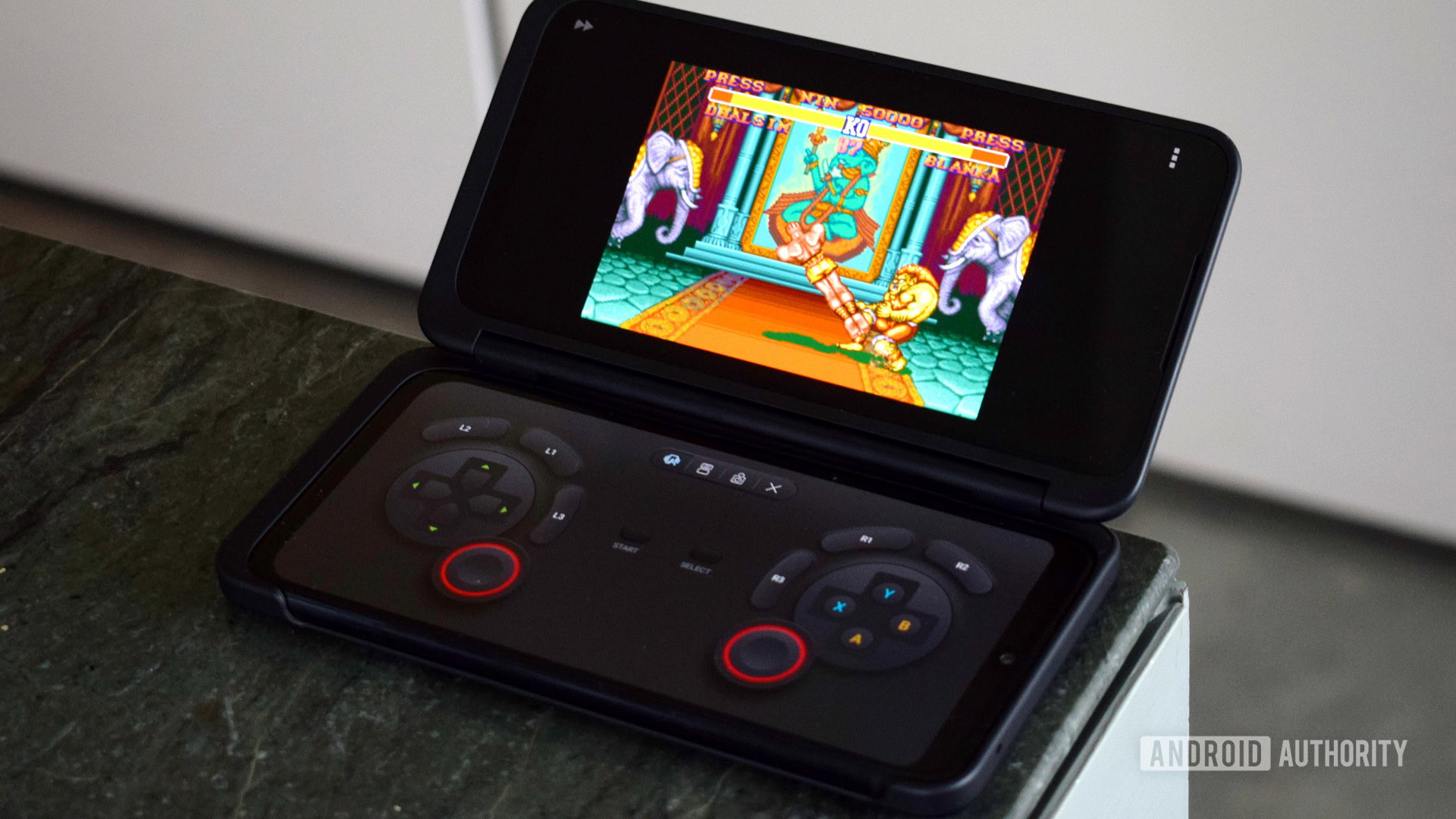
The most analogous phone to this line would be the Galaxy S series from Samsung. For most of the early 2010s, LG competed directly with Samsung for a cut of the premium smartphone market.
However, the LG G8X (shown above) from 2019 will end up being the last G-series device.
LG Velvet
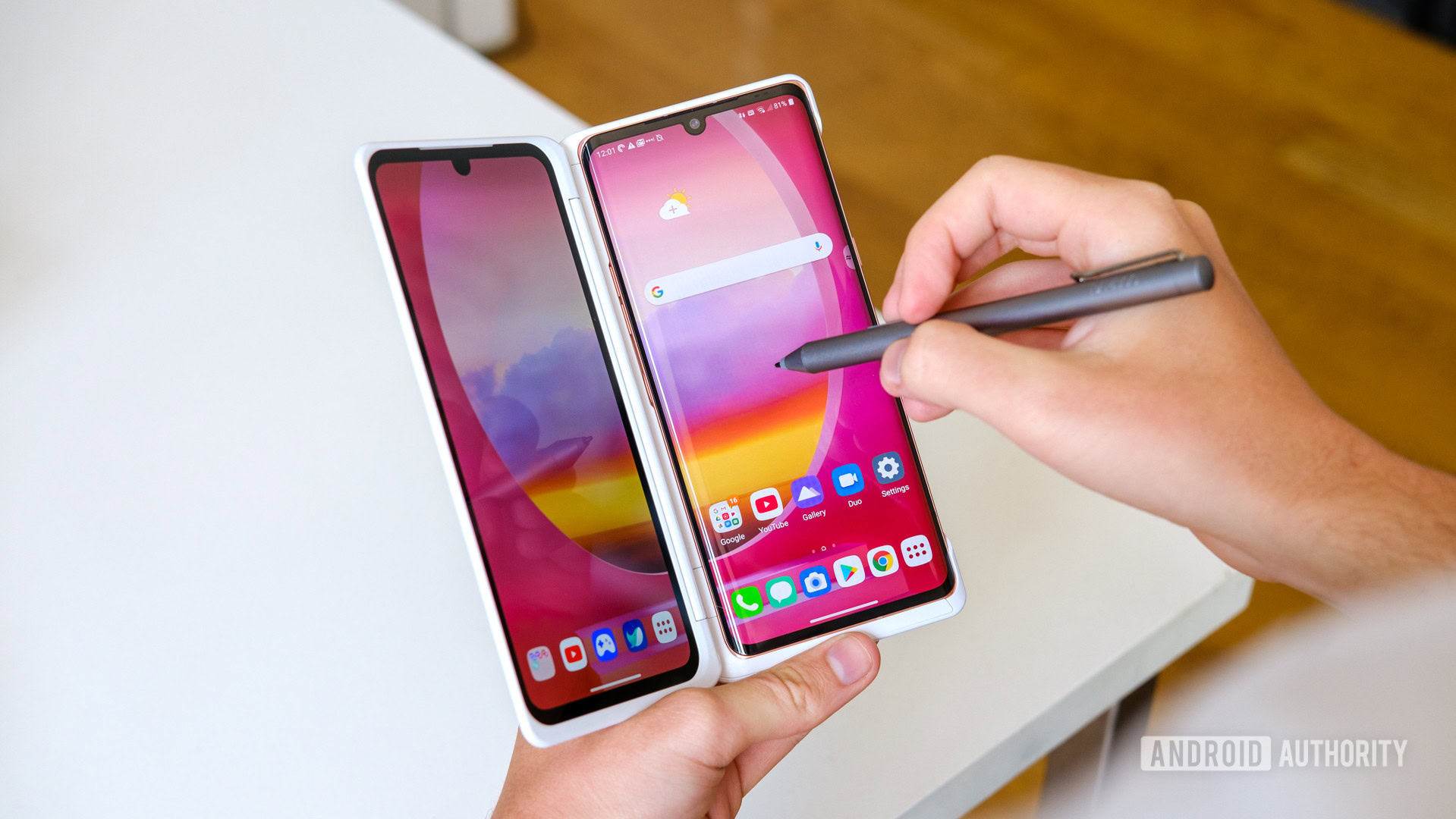
Launched in 2020, the LG Velvet was the next evolution of the G-series. The Velvet is similar to the LG G8 in that it offers a great camera system and a high-end audio system, but brings back the innovative designs LG used to be known for. It also abandons the flagship Qualcomm chipset for a mid-range offering: the Qualcomm Snapdragon 765G. This allows the phone to be less expensive than other flagship phones.
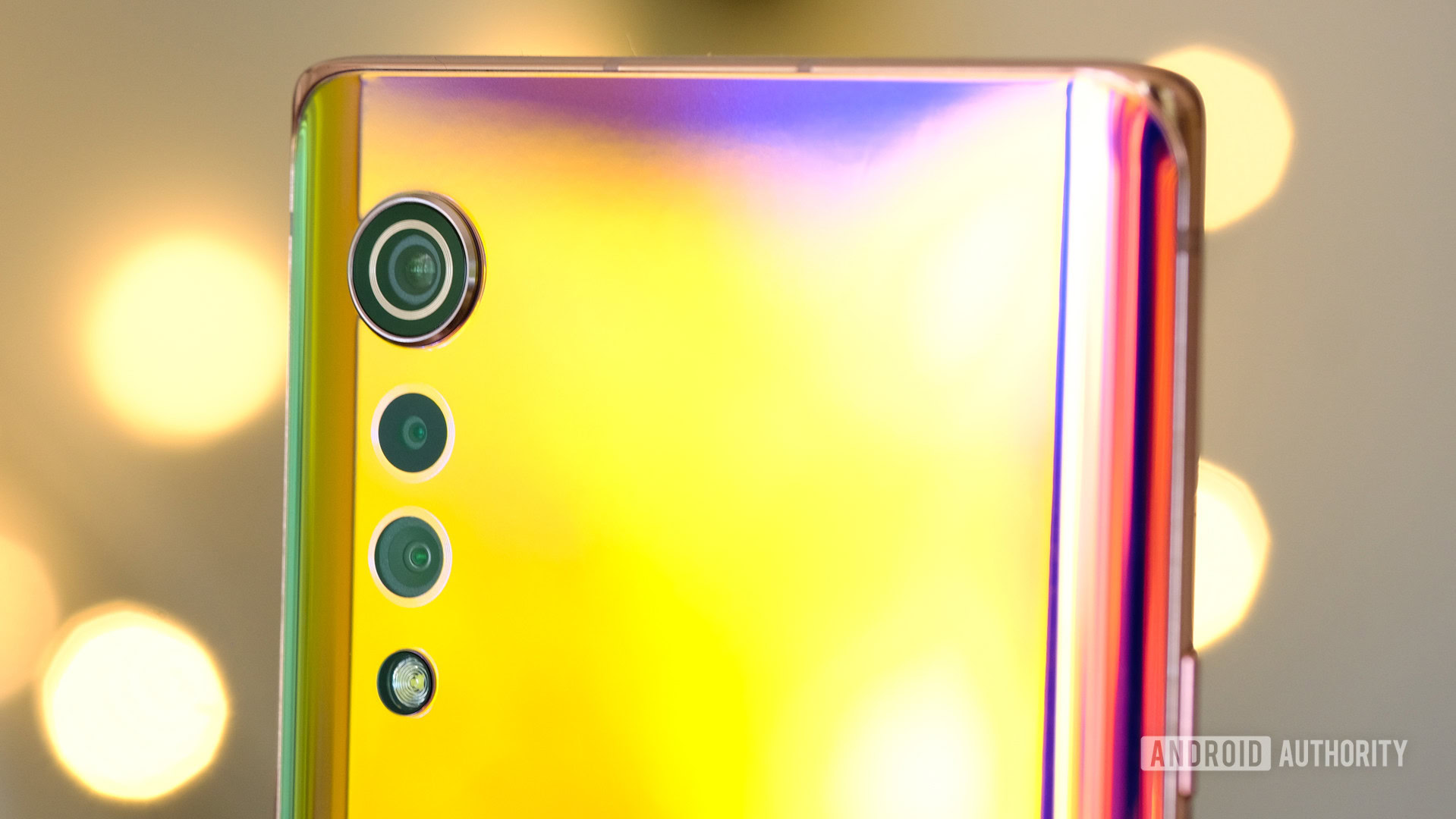
Essentially, the G-series and the V-series (which we’ll explain in a second) started to overlap too much. To help differentiate the two, LG created the Velvet as a general consumer smartphone that would be good for the average buyer.
Notably, the Velvet has a secondary display that in most cases comes with the phone. This allows you to create a pseudo-foldable smartphone experience if you want to. We’ll talk more about LG’s exploration of dual-screen smartphones later on.
The LG Velvet will receive software updates for another year or so.
The “V” series
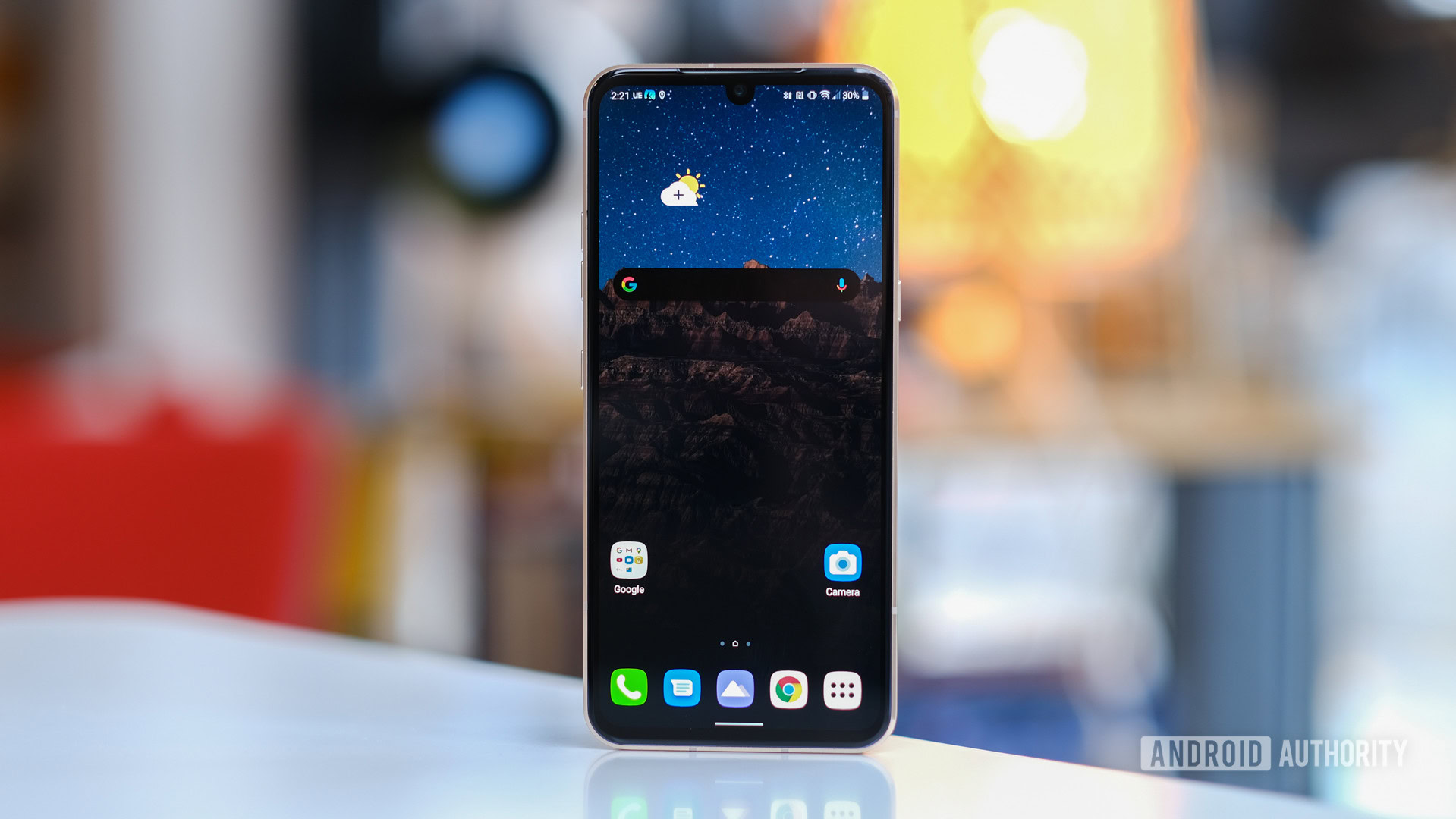
With the G-series becoming more and more premium over the years, it started to cannibalize sales of the V-series, which was supposed to be where LG’s ultra-premium offerings lived. The introduction of the LG Velvet allowed the V-series to once again represent the best-of-the-best that LG can offer. Obviously, this only lasted a short while before LG pulled the plug on its smartphone division.
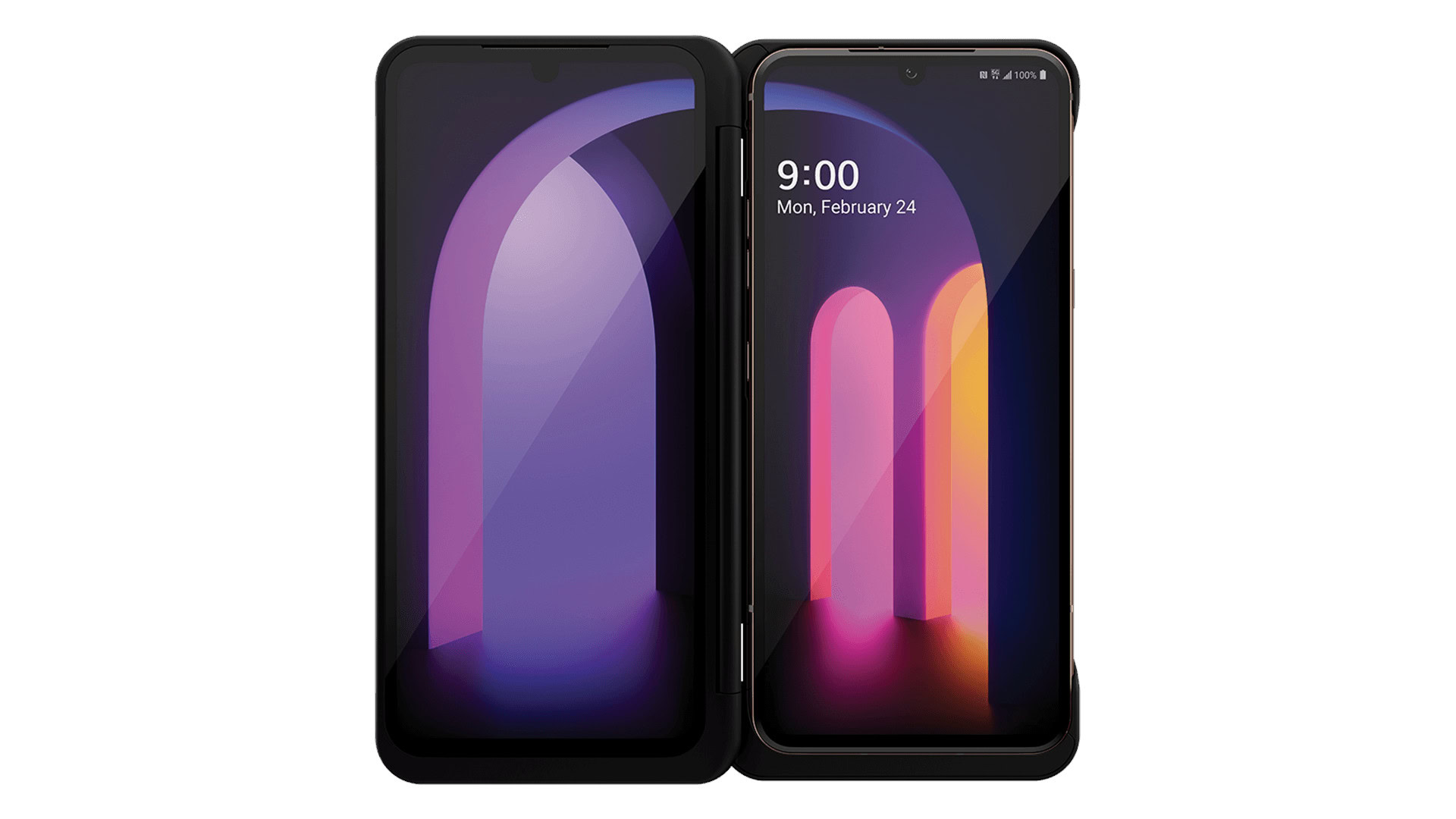
The most recent V-series phone is the LG V60, an incredibly powerful, 5G-capable handset. As far as specs go, it goes toe-to-toe with something like the Samsung Galaxy S20. It has the flagship Snapdragon 865 chipset, a triple-lens rear camera, a huge battery, and an enormous display. It also has wireless charging and is IP68 rated against water and dust.
The LG V60 will receive software updates for another year or so.
The “K” series
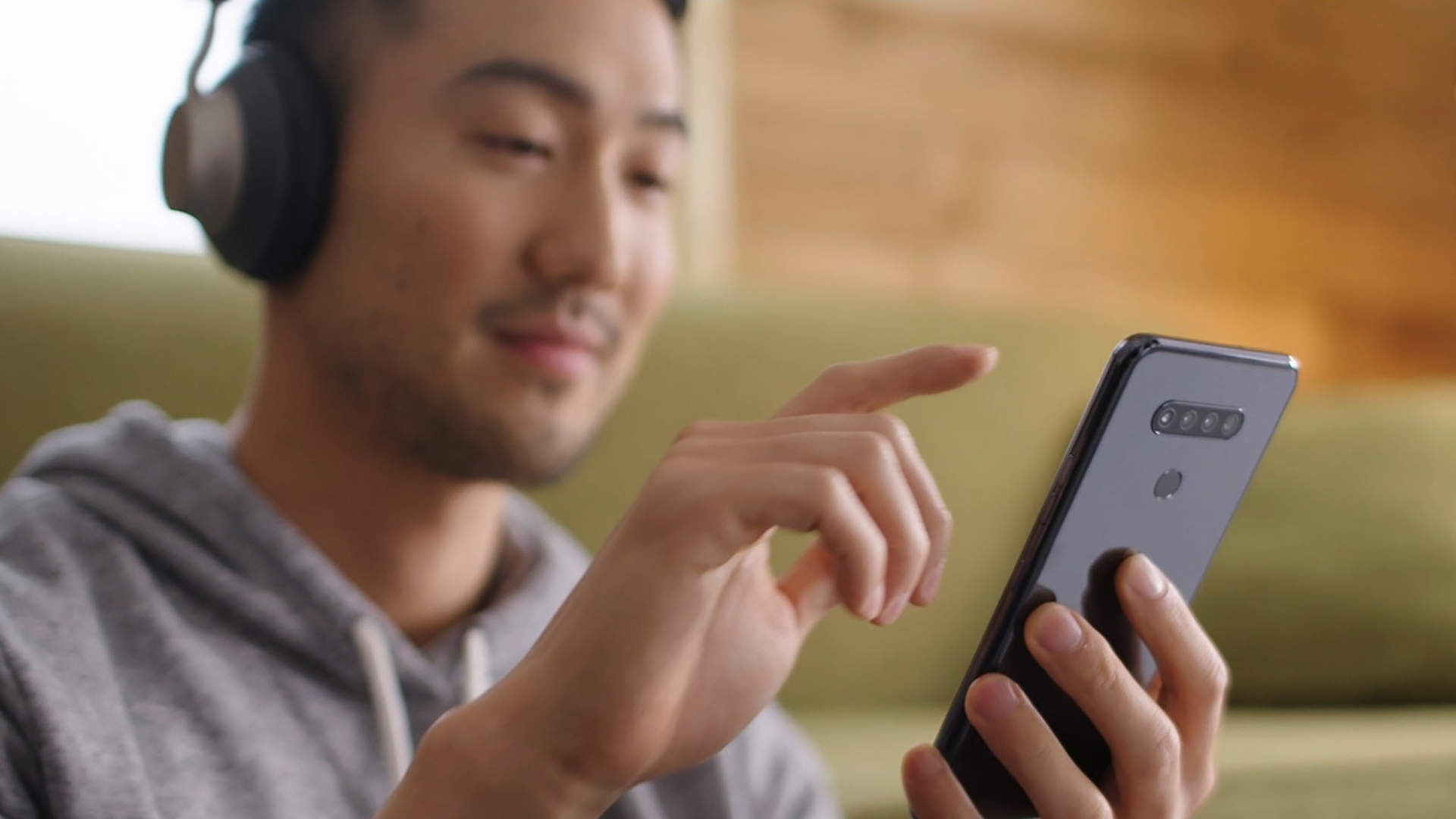
With the LG Velvet existing for the general consumer and the LG V60 existing for the high-end buyer, the K-series from LG was created for the mid-range/budget shopper. Phones in the K-series usually have OK specs and decent designs, but their main appeal is how inexpensive they are.
LG released a lot of K-series phones each year. In 2020 alone, it released no fewer than eight different phones in the line. Some of the phones are exclusive to certain countries or even certain carriers, making it difficult for us to summarize what K-series phone will be applicable to you.
Just for the sake of an example, Verizon and T-Mobile (but not AT&T) carried the LG K51. It cost under $200 and had pretty low-grade specs. Generally, this was a phone perfect for travelers who needed something simple they wouldn’t be afraid to lose or break. It was also a perfect starter phone for kids or first-time buyers.
However, do note that none of the K-series phones are guaranteed to see continuing software updates.
The “Q” series
Similar to the K-series, the Q-series is filled with mid-range/budget phones. However, LG uses the Q-series much more outside the United States, so you don’t find many Q phones here.
The most recent Q-series phone is the LG Q92, the first 5G-powered device in the line. None of the Q-series phones will see software updates continue now that LG has exited the industry.
Explorer Project phones
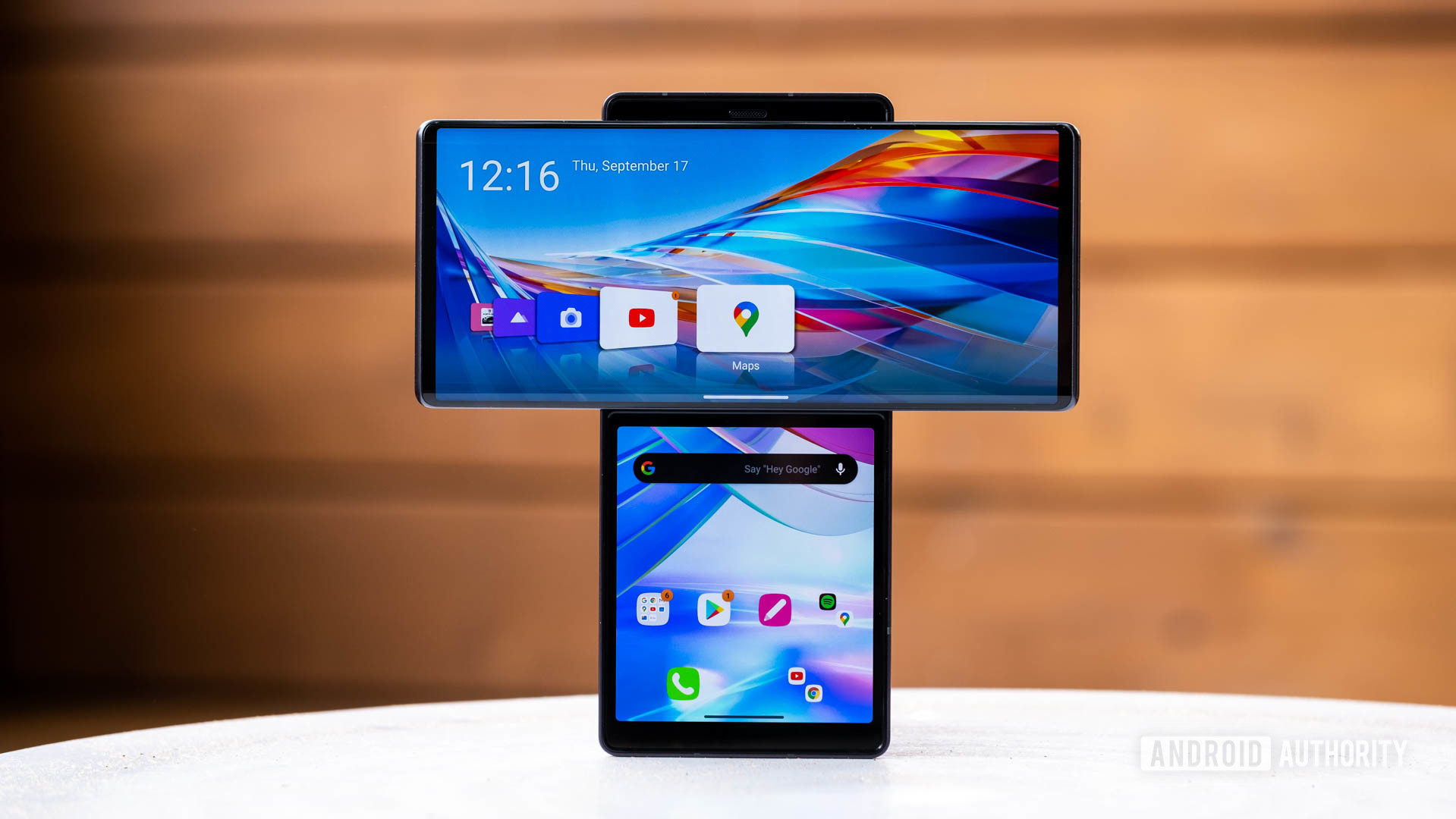
In years past, LG was known for being a big risk-taker. Over time, it lost that reputation but wanted to try to get it back towards the end of its time in the industry. This revived ambition is encapsulated with the series of phones it groups within the Explorer Project.
Essentially, EP phones are devices that are so wacky and innovative that they wouldn’t fit in any other “normal” line. LG’s hope, obviously, was that these peculiar designs would be a hit with consumers, which would allow the company to be at the forefront of the next big trend.
Related: LG Wing buyer’s guide
The only commercially-released phone in the Explorer Project is the LG Wing, pictured above. This phone’s display slides out to expose another smaller display living underneath. This unique form factor creates new use cases, such as using the phone as a pseudo-gimbal and having more screen real estate for gaming.
The LG Wing is still pretty easy to find and will see software updates for the next year or so.
Had LG stuck around, the next LG phone in its Explorer Project would likely have been a rollable phone. This would have allowed the phone to go from a normal form factor to a tablet form factor in a different fashion than currently offered by foldables like the Samsung Galaxy Z Fold 3. LG showed off a prototype of this device at CES 2021.
Stylo LG Phones
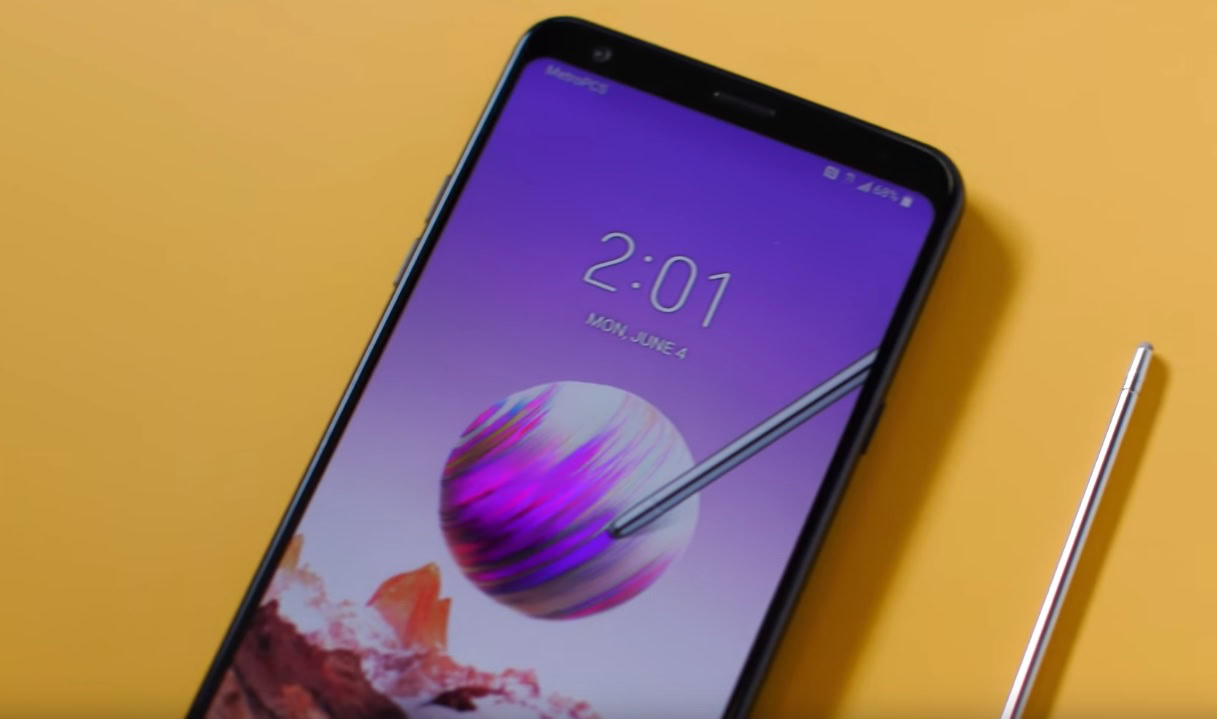
Finally, LG had a line of phones with “Stylo” in the name. Originally, these were a part of the Q-series but then became their own line. Basically, Stylo phones are mid-range/budget offerings that include a stylus, making them like a watered-down version of a Galaxy Note.
The most recent Stylo phone is the LG Stylo 6, which came out in 2020. It was available in the US from T-Mobile and a few other carriers for around $250. Do note, though, that LG has not promised to continue offering software updates for any Stylo devices.
What sets LG phones apart from competitors?
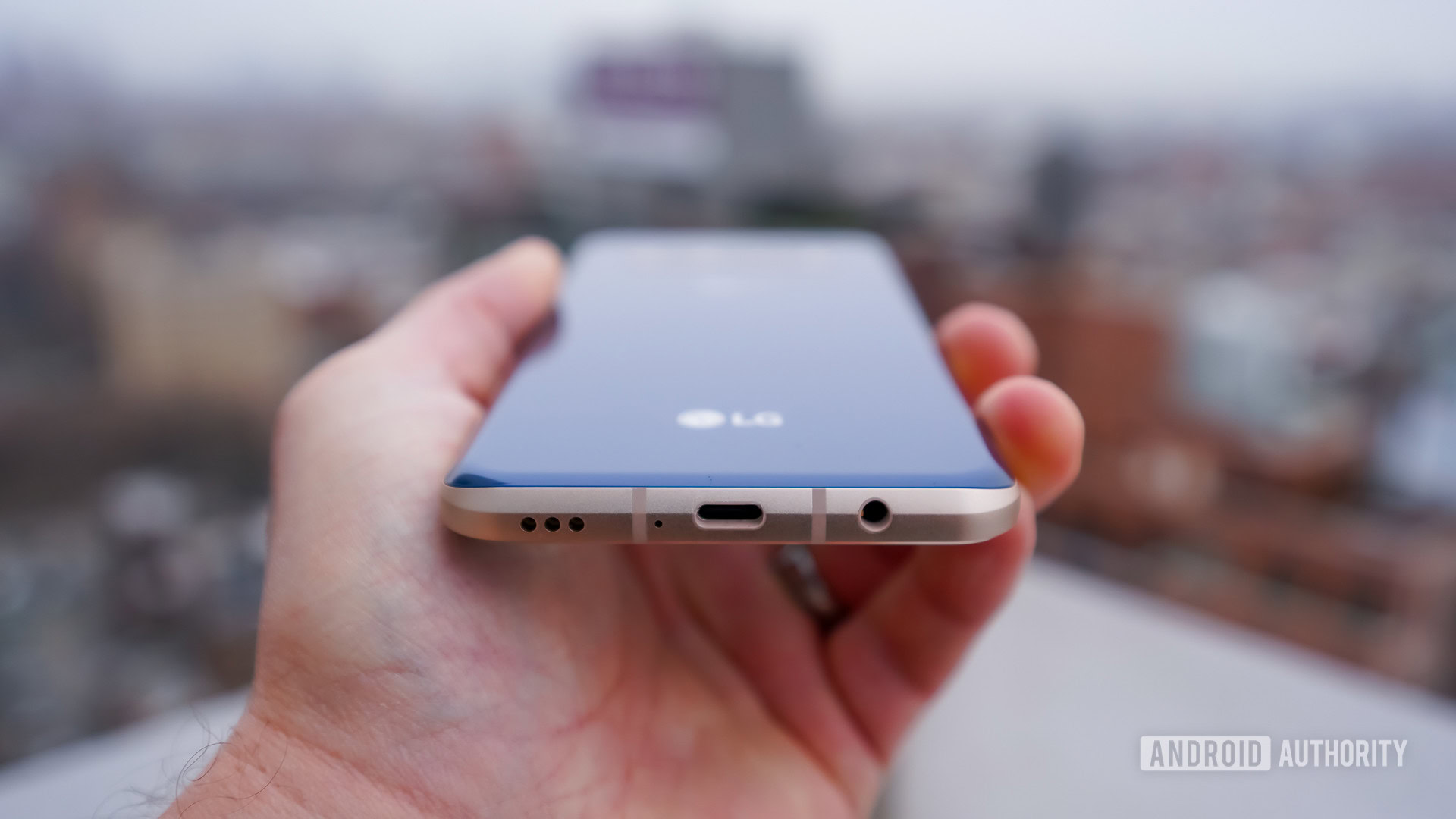
There are lots of reasons why LG was a top-ten smartphone manufacturer for well over a decade. The competition in the market is fierce, but LG established itself as a successful brand that offered a few things other companies don’t.
Below, you’ll find the three most significant aspects of LG phones that differentiated them from the competition.
The headphone jack and a focus on audio
Over the past five or so years, multiple smartphone manufacturers have stopped including headphone jacks on their flagship devices. At this point, nearly all flagships from the most prominent brands do not feature the 3.5mm port.
Not LG. Every single major smartphone from LG (except the Wing) not only features a headphone jack but in many cases also features a Quad DAC — a system that enhances the audio quality of that port. This made LG pretty much the go-to brand for audiophiles, DJs, musicians, and other folks who rely on wired headphones and other audio equipment.
With LG exiting the industry, it will be interesting to see which company takes up the headphone jack mantle. Our money is on Sony.
Unique aspects and accessories
We previously mentioned the LG Velvet’s dual-screen accessory. That’s not the only thing LG has done to give its phones new abilities and features that competitor phones lack.
For years, LG continued to offer user-replaceable batteries in a lot of its phones, something that other brands had abandoned. It even sold “cradles” for some of its phones, which are gadgets that will charge up your spare phone battery while you are using another one.
It also offers something called a Rolly Keyboard, which is pretty much what you’d expect: a keyboard that rolls up, making it perfect for travel. It connects to your smartphone or tablet via Bluetooth, which allows you to get work done on the go.
We’re going to go more in-depth with LG’s penchant for taking big risks in the next section of this article.
A huge portfolio
The previous section of this article makes it clear that LG had a lot of different phone lines hitting a lot of different price points. This made LG phones accessible to pretty much anyone. Samsung has a similar strategy, which made it so every smartphone buyer could look to LG as an option no matter their budget or needs.
Of course, just as with Samsung, this is a double-edged sword. It made LG’s overall portfolio quite confusing. Nevertheless, that was a small price to pay for having a presence in each market segment. Without a doubt, this is one of the biggest reasons LG never left the list of top-ten smartphone manufacturers before it closed its doors.
LG’s innovations: A risk-taker

If you’re starting to feel like most phones all look the same, you’re not alone. Over the past few years, we’ve stopped seeing true innovation in the smartphone space and have instead seen subtle refinements to existing trends. This has pushed some companies, such as Samsung, to start innovating in different areas, like its push for foldable devices.
When it comes to LG phones, though, the company wasn’t opposed to taking small or even big risks with unproven designs and features. It could be something small and simple, such as the “raindrop” design of the LG Velvet’s rear camera system along with its outlandish Illusion Sunset colorway. Or, the company could go hog wild with its dual-display accessory for the Velvet, the LG V60, and others.
Related: Flagships aren’t driving smartphone innovation anymore
The 2020 LG Wing is also innovative. That device has a rotatable display that, when swiveled out, exposes a smaller display underneath. Had LG stuck around, it’s likely we would have seen a rollable phone launch from the brand, which would probably have been the first to market.
It was very refreshing to see a company ready to take such risks with commercial products. While some of them didn’t land with consumers, those risks might have inspired other features or systems that will. The bottom line is that if every major manufacturer just does the same thing over and over, the market will get incredibly stale. Even if you don’t care for LG phones, you have to respect that kind of guts.
Competitors you might want to consider
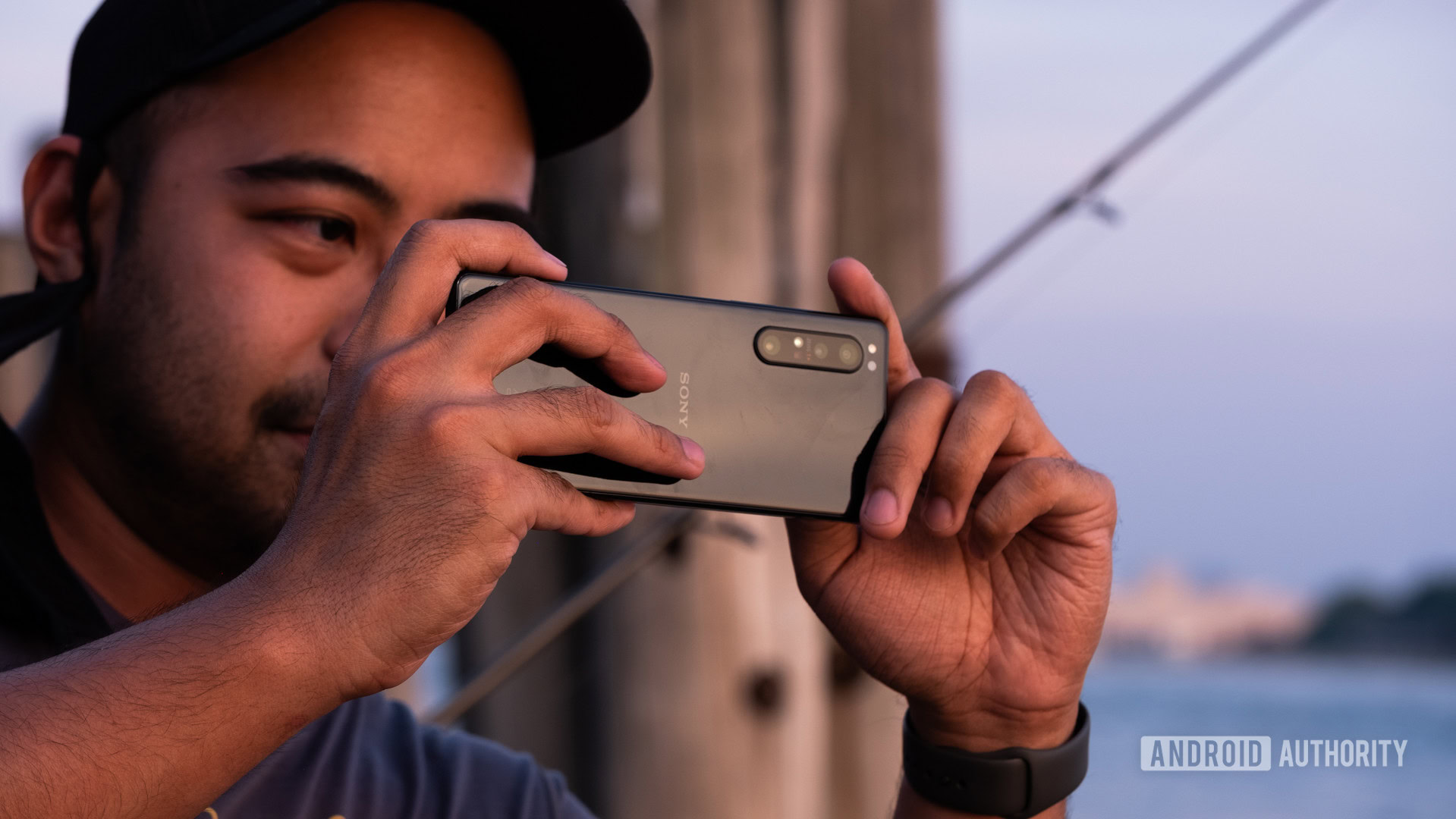
With LG’s exiting of the smartphone industry, the company no longer directly competes in that sector. However, if you were interested in LG phones and want to buy something from an active competitor, we can help you out.
The next-best choice over an LG phone would likely be a phone from Sony. As with LG, Sony puts a heavy focus on audio with its smartphones, even including a headphone jack with some of its prime offerings. It’s not quite as dedicated to the 3.5mm port as LG was, but it’s doing a better job than most other brands.
If you loved LG's dedication to audio, check out recent phones from Sony.
The two biggest complaints people had about LG phones are overly high pricing and a lack of frequent software updates. Unfortunately, these two issues plague Sony phones too, so you won’t be gaining any ground there.
If you loved LG’s phones but want better software updates and don’t care about headphone jacks, your alternative choice should most likely be a Samsung phone. We have a whole guide on the best phones from Samsung to help you with that choice.
The greatest moments in the history of LG phones
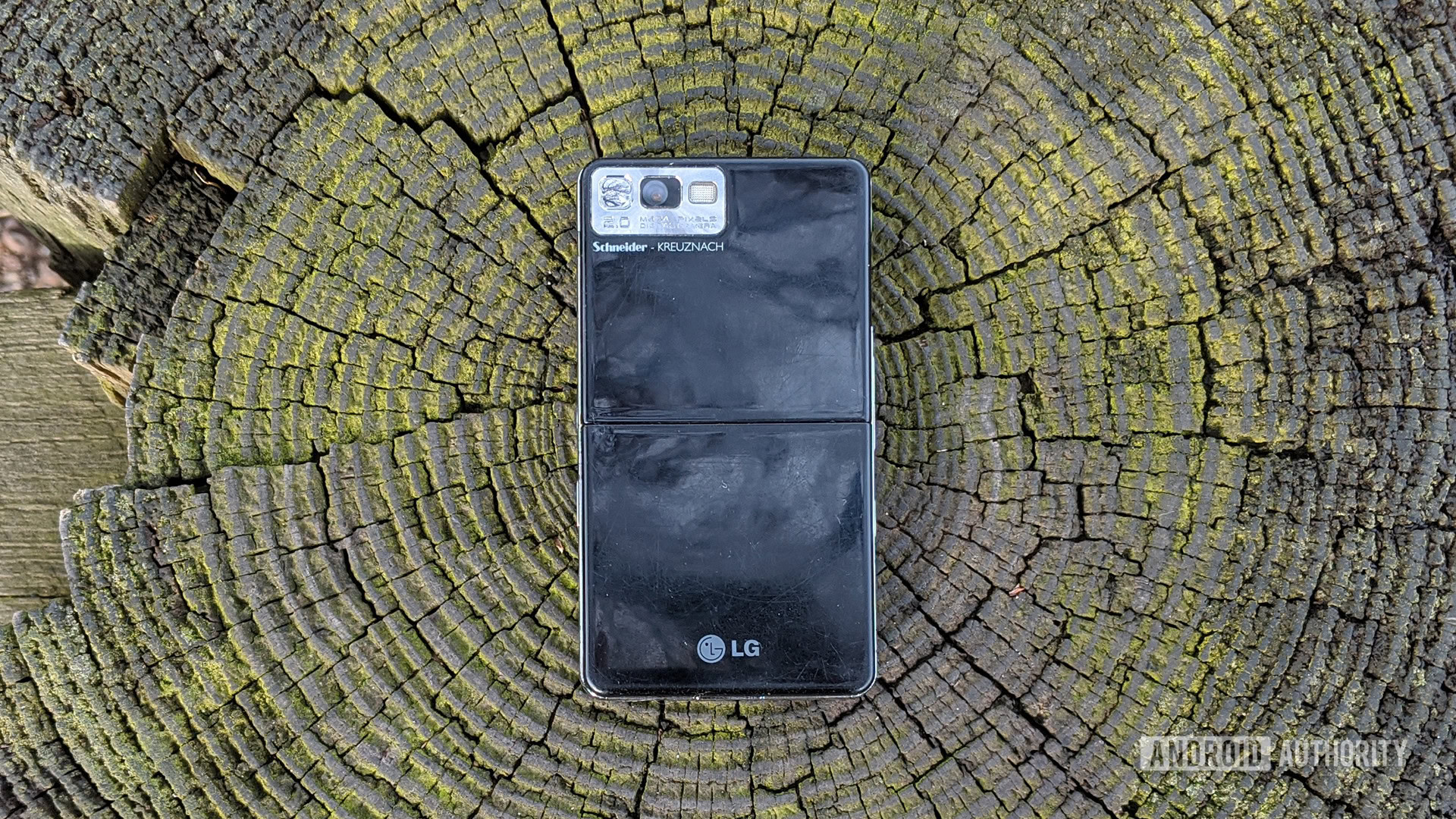
With such a long tenure in the smartphone world, it’s not hard to find a lot of terrific achievements by LG. Below, we’ve picked three distinct smartphone-related achievements that truly escalated LG phones above the pack.
LG Prada
Believe it or not, the LG Prada was the first capacitive touchscreen smartphone. Many people might be quick to say that the original iPhone was the first device you could use without a stylus or other “touch” implement, but the Prada hit store shelves months before that device.
Related: The LG Prada was the first capacitive touchscreen phone, not the iPhone
In essence, every single smartphone we see today carries a little bit of the Prada’s DNA with it. It’s a significant moment in tech history in which LG’s risk-taking and ingenuity truly changed the game.
Of course, the Apple iPhone trumped the Prada when it came to a lot of features — and the iPhone certainly outsold it. However, the history of the smartphone can’t be discussed without mentioning the Prada’s significance.
LG G3
By 2014, the world had already seen plenty of terrific Android smartphones, including the Samsung Galaxy S4, the world’s best-selling Android phone of all time. However, we still hadn’t seen the LG-made Android phone that definitively showed it was a force to be reckoned with.
That changed with the launch of the LG G3. Not only is it one of the best-reviewed LG phones of all time, but it’s also the best-selling Android-based phone in the company’s history.
There were a lot of “firsts” with the LG G3. It was the first major phone to ship with a 1440p display and the first to feature a type of laser autofocus for its rear camera. Its bleeding-edge specs (for the time), as well as its innovative features, helped the G-series (and LG in general) better compete with Samsung’s Galaxy S line.
Even today, leading custom ROM system Lineage OS still supports the LG G3, proving its staying power with fans.
LG V20
Speaking of “firsts,” the LG V20 also has a few to its name. For example, it was the first phone to ship with Android 7 Nougat. However, the most significant “first” is that it was the first LG phone to feature a Quad DAC for audio. Although this was probably only an interesting footnote to reviewers at the time, it went on to be a hallmark of LG phones in general.
Related: The original Android Authority review of the LG V20
The Quad DAC allowed for an enhanced listening experience with normal headphones. It also was able to drive up to 600-ohm headphones, which allowed audiophiles to get an incredible audio experience right from their smartphone.
The V20 also featured a removable battery and an IR blaster, two features that have since died off in the smartphone world. Even today, the LG V20 is the only phone ever to have a removable battery, Quad DAC, headphone jack, and IR blaster all in one device. There are probably a lot of people reading this right now who refuse to give up their V20 phones for these very reasons.
The not-so-great aspects of LG’s phones
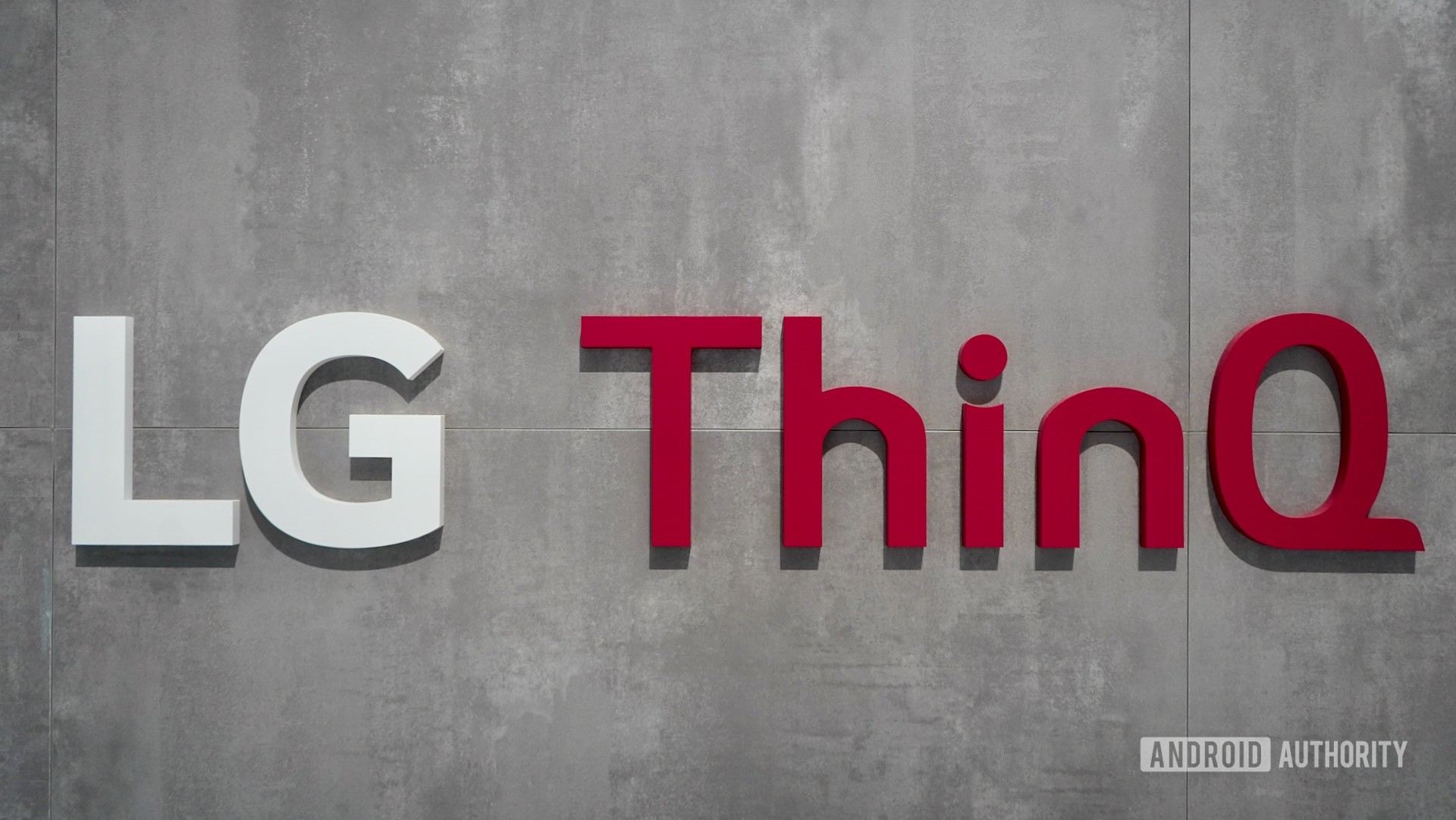
Although LG had a storied history, that doesn’t mean there haven’t been some very questionable LG phones. The company also has a bad reputation when it comes to after-market support. Below, you’ll find three aspects of LG’s smartphone division that most fans wish never happened.
LG G5 and its ‘Friends’
In the previous section, we showered praise onto the LG G3, one of the best phones the company ever launched. Unfortunately, only two years later, the company made the mistake of launching the LG G5 — and it never quite recovered.
The G5 is an example of the company’s willingness to take big risks coming back to bite it. The big risk with the G5 was a modular system that allowed you to slide out the bottom of the phone, which housed the battery. Once opened up, you could replace the battery or slide in secondary devices that would enhance or add functionality to the phone. These modular parts were called “Friends.”
Unfortunately, the modular system was a complete disaster. You couldn’t “hot swap” the Friends (meaning you needed to turn the phone off to swap things out and then turn it back on again), and taking out the bottom of the phone made many consumers feel like they were going to break it. When you add in the fact that LG failed to offer truly compelling Friends for people to buy, you have the formula for failure.
LG quickly moved on from the G5 with the LG G6 in 2017, which abandoned the modular system completely.
The ThinQ branding
Earlier in this article, we mentioned that LG was an early adopter of connected devices and IoT products. This is definitely laudable, but the company’s branding approach to it was not. In 2017, LG revealed that new products it launched featuring AI and connected technology would fall under the “ThinQ” branding. You might assume that it’s pronounced “think,” but no: it’s pronounced “thin-cue” for some strange reason.
Related: 15 worst Android phone names, ranked
In 2018, the company launched the LG V30S ThinQ, which was the first smartphone with the ThinQ branding. It turned out that LG planned to slap the ThinQ name on all of its products, not just home appliances. This resulted in phones like the LG G7 ThinQ, the LG V40 ThinQ, and the horribly named LG V50 ThinQ 5G.
Thankfully, the LG Velvet did not come with the ThinQ moniker attached. It looks like LG realized it was a silly moniker towards the end.
History of software updates
Although LG had proven over the years that it excelled at hardware, it didn’t develop the best reputation when it comes to software. Oftentimes, LG phones would be stuck on much older versions of Android when compared to other similar devices. It also had been very slow to deliver security patches to its lineup.
Related: Are Android updates getting faster? Let’s look at the data.
There were multiple times in which the company acknowledged this and promised to do better. At one point, it even said it was developing an entire division to deliver updates faster and more efficiently. However, we never saw much progress.
It’s a shame, too, as a lot of people got excited about the latest LG phone, whether for the latest innovative risk the company had taken or because of the high-quality audio experience it offered. Some didn’t buy the phone, though, because they were certain LG’s history of slow updates would continue.
Other details related to LG phones
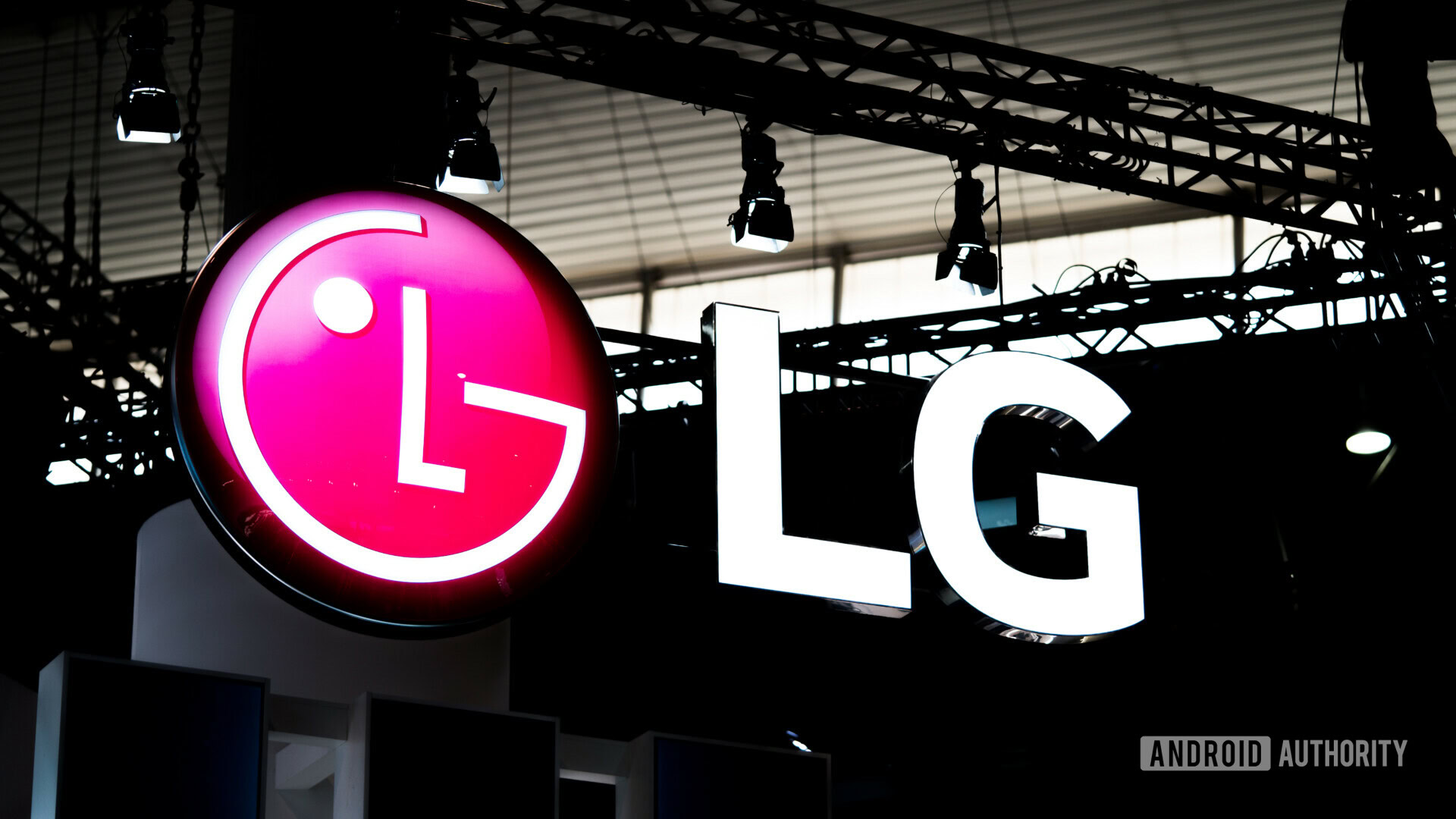
You’ve made it this far and you are now an expert on LG and its phones! However, there are a few miscellaneous things we want to touch on that we haven’t mentioned yet.
Firsts
LG had a very long history of doing things before any other company did them. As such, for people who were looking to try out the latest smartphone features and tech, sometimes an LG phone was the only option.
Here are some examples: LG was the first with a triple-SIM smartphone (2013’s Optimus L4 II Tri E470), the first dual-core smartphone (Optimus 2X), first with a quad-core processor (Optimus 4X), first with DDR4 RAM (LG G Flex 2), the first phone ever with 2GB of RAM (LG Optimus LTE2), first 3D display (LG Optimus 3D), the first phone with Dolby Vision HDR (LG G6), first 18:9 aspect ratio (LG G6), the first phone with 2 rear camera sensors (LG Optimus 3D), the first phone with five cameras (LG V40 ThinQ), and the first phone with 1080p video recording (LG Optimus 2X).
There are even more on our list of smartphone firsts here.
Delayed releases
There were a lot of instances in which LG announced a phone but didn’t actually release it until months later. Unfortunately, this sometimes forced consumers to buy other phones in the interim.
As an example of this, LG launched the LG Velvet on May 7, 2020. The phone didn’t hit US store shelves until late July, however. By that time, some buyers had little choice but to upgrade their phones to a different brand/model, even if they had hoped to buy the Velvet.
Accessory availability
Despite LG’s size and the number of phones it offered, not too many of its phones became global best-sellers. The LG G3, the company’s best-selling Android phone ever, only sold about 10 million units, for example. Because of this, finding cases, screen protectors, and other accessories for LG phones hasn’t always been easy.
If you are, for some reason, still able to buy an LG device from your carrier, it should have a small selection of accessories for it. If you buy an unlocked model online, though, chances are low that you’ll be able to find accessories for that model in stores. As such, plan on doing your accessory shopping online when it comes to LG smartphones. Even then, you might have a difficult time finding lots of options, especially now that the company is no longer active in the industry.
Frequently asked questions about LG phones
Q: Does every LG smartphone have a headphone jack?
A: Yes, except for one notable exception: the LG Wing. That phone’s build made a headphone jack very tricky, so LG went on without it.
Q: Are there 5G-powered phones from LG?
A: Yes! The most recent major flagships from LG have all been 5G-capable. That includes the LG V50, LG V60, LG Velvet, and more.
Q: Will LG still deliver software updates to its phones?
A: LG promised that most of its higher-end phones from 2019 onward would continue to receive updates for at least a year. However, since LG didn’t have the best reputation for updates even when it was active in the industry, it might be best to take that promise with a grain of salt.
Q: What are the cameras like on LG phones?
A: In general, the cameras on LG’s devices are good. They didn’t win any “best camera” awards in recent years, but they aren’t terrible, either. If you are looking for a phone with the best camera, check out this article.
Q: I saw an LG phone online, but my carrier doesn’t have it. Why?
A: LG sometimes does exclusive deals with specific carriers, which could mean that the only place to get that phone is from a different carrier than the one you use. Besides, with LG exiting the smartphone industry, it will become harder and harder to find LG phones at all.
Q: Which phones support the dual-display accessory?
A: The LG G8X, LG V60, LG V50, and LG Velvet all have a dual-display case accessory. However, note that they are not all interchangeable.